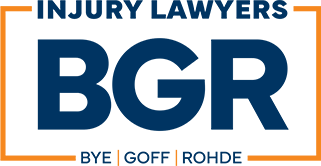Slip-and-fall accidents can have serious and lasting effects on victims, resulting in physical injuries, financial stress, and emotional turmoil. Victims have the right to seek compensation when such incidents occur due to someone else’s negligence. However, proving negligence in slip-and-fall cases requires a solid understanding of the evidence needed to support your claim. At Bye, Goff & Rohde, we’re here to help you navigate this process and ensure you understand the importance of gathering the right evidence to build a strong case.
Photographic Evidence
Photographic evidence is one of the most compelling types of proof in any slip-and-fall case. Photos taken immediately after the accident can capture the scene’s condition and show any hazards that caused the fall, such as wet floors, uneven surfaces, or scattered debris. Taking multiple pictures from different angles, including close-ups of the hazard and broader shots of the area, is essential. If possible, document the condition of the surroundings, lighting, and any warning signs—or the lack thereof—that could indicate negligence.
Photographs should also capture the injuries sustained in the accident. Bruises, cuts, or other visible injuries provide concrete evidence supporting the claim of harm suffered due to the fall. Remember, time is of the essence; the accident scene may change quickly, so if you can, take photos right away or have someone else do it on your behalf.
Surveillance Footage
Many slip-and-fall accidents occur in areas with security cameras, such as retail stores, parking garages, and office buildings. Surveillance footage can be an invaluable piece of evidence, as it may capture the fall itself and show the conditions leading up to the accident. For example, the footage might reveal how long a hazard was present before the fall or if employees were aware of the issue but failed to address it.
It’s crucial to request copies of surveillance footage as soon as possible, as many businesses only keep video records for a limited period. Your attorney can assist in formally requesting this footage to ensure it is preserved and available for use in your case.
Incident Reports
If the slip-and-fall accident happened on commercial property, filing an incident report with the management or property owner is essential. This report provides a written record of the accident and can establish that the business was aware of the incident. Include details such as the fall's date, time, location, and circumstances in your report, as well as any factors you believe contributed to the accident.
While incident reports are not typically admissible in court on their own, they can still be useful in settlement discussions with insurance companies and opposing parties. Furthermore, incident reports may contain statements or admissions that can be helpful when negotiating or litigating your case.
Eyewitness Testimony
Eyewitnesses can offer invaluable support for your slip-and-fall claim. Anyone who saw the accident unfold or observed the conditions that led to it can provide statements that validate your account. Witnesses can help establish critical details, such as the presence of a hazard, the lack of warning signs, or even the property owner’s failure to address a known danger.
Gathering contact information for any witnesses as soon as possible after the incident is crucial. Eyewitness accounts can strengthen your claim by reinforcing that the dangerous condition existed and posed a real risk.
Medical Records
Documenting your injuries through medical records is essential to proving your claim and establishing the harm you’ve suffered from the slip-and-fall. Seek medical attention immediately following the accident, even if your injuries initially appear minor. Some injuries may worsen over time, and having a prompt medical record establishes a clear connection between the accident and your injuries.
Medical records provide an objective account of your injuries, treatments, and ongoing health issues resulting from the fall. These records can help demonstrate the severity of the harm you’ve suffered, which is crucial in obtaining appropriate compensation for medical expenses, lost wages, and pain and suffering.
Maintenance Records
In some cases, proving negligence may hinge on showing that the property owner or manager failed to maintain the premises. Maintenance records can reveal if there were gaps in regular inspections or repairs, particularly if the hazard was a recurring issue. A documented history of neglect can strengthen your case by showing that the responsible party was aware—or should have been aware—of potential dangers on the property.
Securing the Evidence You Need
In slip-and-fall cases, the right evidence is essential to establish negligence and hold the responsible party accountable. Gathering and preserving this evidence can be challenging, especially when you’re recovering from injuries. At Bye, Goff & Rohde, we have the experience and commitment to help you collect, analyze, and present the evidence necessary for a strong case.
If you or a loved one has been injured in a slip-and-fall accident, we’re here to provide guidance and legal support every step of the way. Our team is ready to protect your rights and work toward a fair resolution. Contact Bye, Goff & Rohde today for a free consultation, and let us help you pursue the compensation you deserve.



.2411211353263.jpg)